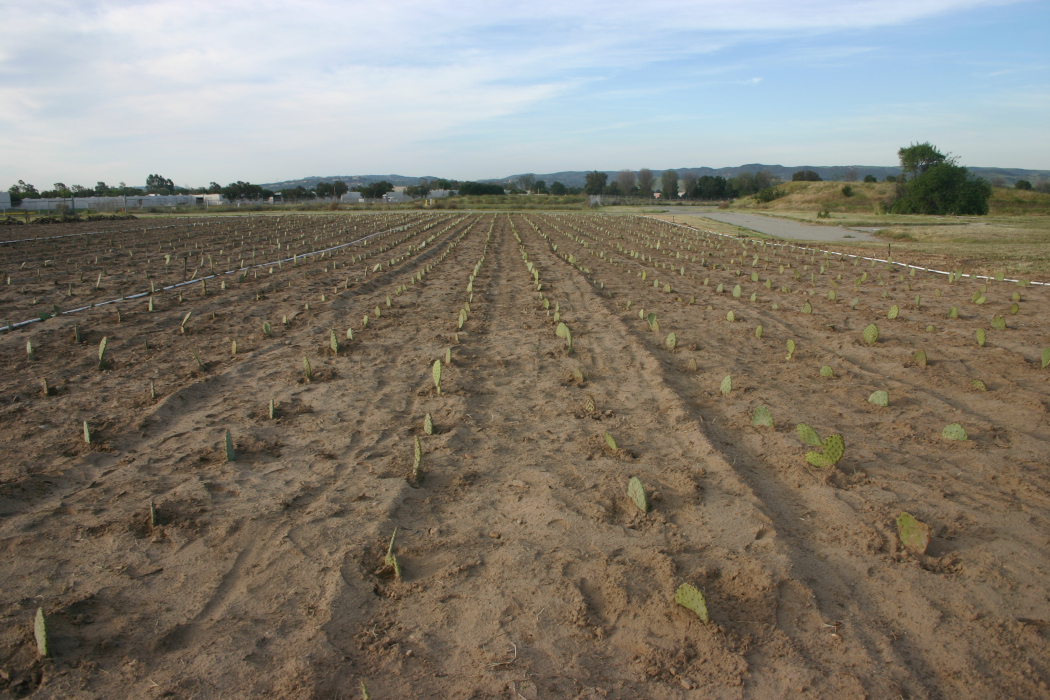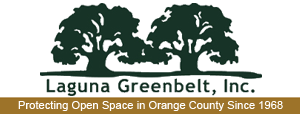
OC Wildland Conservation Successes
A large economic investment has been made at the local, regional, statewide, and federal levels to create the network of preserved lands in Central Orange County and beyond. To date, hundreds of millions of dollars of private and public funds and additional non-monetary resources have been spent collectively to preserve and manage these areas. Large open space systems are needed for wildlife movement and ecological connectivity to survive over the long term. Without viable wildlife and habitat connections, the systems will lose their functionality over time.
Below is a snapshot of some conservation successes:
- Creating the Cleveland National Forest in three southern California counties (1908)
- Securing $32 million from the State to protect Crystal Cove State Park (1978)
- Passing a local tax in Laguna Beach to create a funding source for conservation activities (1990)
- Dedicating 4,000 acres of the Newport Coast from an Irvine Company development as open space to the County (1994)
- Signing the state and nation’s first Natural Community Conservation Plan and Habitat Conservation Plan that protected 38,000 acres of natural lands (1996)
- Acquiring the 650 acre southern Coal Canyon parcel using 12 different funding sources (2000)
- Accepting a donation of 169 acres from The Irvine Company for lands along the Laguna Coast (2001)
- Acquiring the 53 acre northern Coal Canyon parcel to complete the State’s first acquisition targeted as a wildlife corridor (2001)
- Passing Measure W allowed for the conversion of the former Marine Base at El Toro to go from an international airport to a nature park (2002)
- Creating the 1,300 acre Great Park for a central park critical to the linkage between the Coast and Cleveland (2005)
- Realigning Laguna Canyon Road to allow for seven wildlife undercrossings (2006)
- Awarding the Irvine Ranch Lands with the national designation of “National Natural Landmark” (2006)
- Setting aside 17,000 acres of the Rancho Mission Viejo property for conservation (2008)
- Receiving 20,000 acres of natural lands from The Irvine Company as OC wilderness parks and preserves (2010)
Corridor Progress

Looking ahead to the future planting work in the corridor, Five Point Communities has established a cactus nursery using pads harvested from local cactus patches.
A major victory came in 2013 for the Central Reach of the corridor along the east side of the Great Park Neighborhoods. That year saw the City of Irvine—which owns this stretch of the corridor—adopt a corridor plan that the coalition had negotiated with developer Five Point Communities, with input from wildlife movement experts. This reach of the corridor is now reflected in the city’s general plan and zoning. Land swaps in early 2015 placed the corridor land under City of Irvine ownership, with a deed restriction limiting it to wildlife corridor use only.
Five Point Communities is investing $13 million in the successful implementation of the corridor’s Central Reach, including planting/landscaping and the construction of under/overcrossings as well as a tall berm to screen the corridor from development. Five Point hosted a groundbreaking ceremony to celebrate the beginning of construction in March of 2018. We are continuing to improve components of the corridor at the Great Park, such as widening the overdressing at Alton that will allow large animals such as deer to use the corridor.
Other progress on the corridor includes:
- The County’s creation of the Alton wildlife movement corridor north of Irvine Blvd, connecting the Great Park section to the FBI-managed natural lands.
- Four undercrossings along the 241 Tollroad that allow wildlife to safely pass underneath.
- Laguna Greenbelt, Inc. began a video camera study of the wildlife corridor in the Spectrum V area in 2017 to examine animal movement in the southern reach of the wildlife corridor.
- In 2019, LGB released results of 18-month camera study examining animal activity in Corridor.
- In 2020, on June 23, 2020, the County of Orange rescinded the approvals and all associated documentation for two projects in Irvine. This included the controversial West Alton Parcel, which had been slated for a large housing development adjacent to the Corridor. Because of LGB, Inc. and its partners’ involvement in this legal case, the proposed projects will no longer move forward. Essentially, any future developments will start at square one again to go through the public process of acquiring permits and evaluation of environmental impacts.
More details on progress are provided in the webpages describing the three corridor reaches (see menu under The Corridor).
